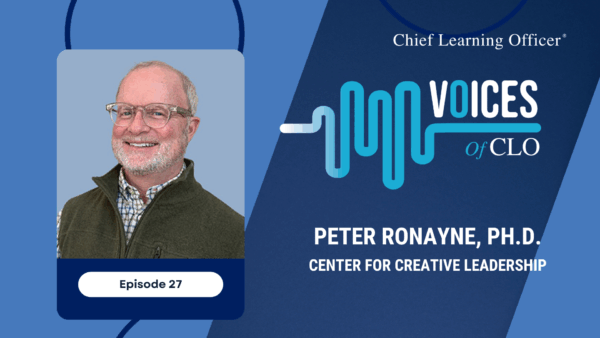The point of contention is whether formal assessments such as personality tests, behavioral simulations or cognitive measures should be used in mid-manager promotion and evaluation, or if such tools should be strictly measures for feedback and development.
Alison Hooker, chief talent development officer for the Americas for professional services firm EY — formerly Ernst & Young — said these assessments are better for development. “When you start to introduce a more evaluative component, people tend to shut down and not be able to learn much from it because it becomes a threat. When you put people in a threatening situation, it’s very hard to learn and grow and take in information about yourself.”
Cheryl Getty, senior vice president of talent management and organizational development at Leidos Holdings Inc., said an organization can get more honest results and a greater willingness from employees to engage in these services if they are used for development rather than to evaluate them, and it forms the basis for selection or compensation.
Sherry Hollock, senior vice president of talent and organizational development at department store chain Macy’s Inc., cautioned against using formal assessments for evaluation because they can paint a flawed picture of a person’s ability. “Some people have test anxiety,” she said. “Some people will perform better on the job than they might in an assessment.”
Others say assessments are a big part of their manager selection process. Jana Fallon, vice president of recruiting and assessment at Prudential Financial, said, “we absolutely use assessments for selection of midlevel managers, and we advocate that as a growing practice.”
According to Denice Biocca, a senior human resources leader in General Electric Co.’s Oil & Gas division, even companies claiming not to use assessments for evaluation are probably doing so. But used in a strict developmental context, she said there’s a level of unconscious bias that creeps into the decision-making process.
“It’s all part of the information that helps the individual and the company make the best decisions about policing and growing talent,” she said.

















